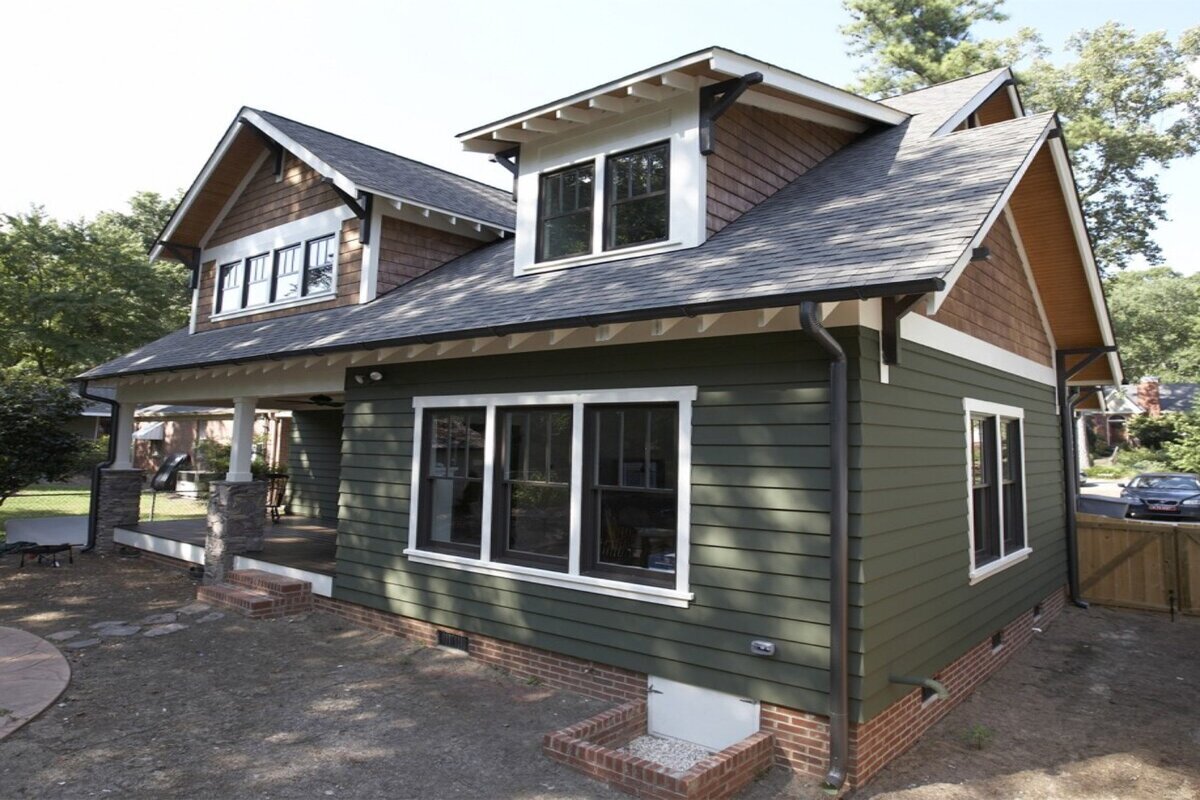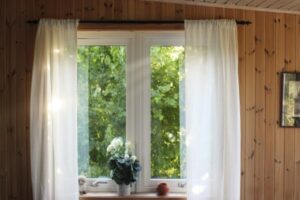Choosing the right siding is crucial for enhancing your home’s exterior and ensuring its durability. If you’re looking to boost your home’s curb appeal and resilience, fiber cement siding panels are an excellent choice. In this guide, we’ll discuss the essential steps for installing fiber cement siding, including preparation, tools needed, and best practices for a successful installation.
Required Tools and Materials
To properly install fiber cement siding, you’ll need:
- Circular saw or fiber cement shears for cutting panels
- Pneumatic nail gun or hammer for fastening
- Safety equipment such as goggles and dust masks to protect against silica dust
Make sure to have all necessary materials at hand, including siding panels, nails, and a house wrap or felt paper to safeguard against moisture.
Step-by-Step Installation Guide
Step 1: Preparing the Work Area
Begin by cleaning the wall surface to remove any old siding or debris. Applying a house wrap or felt paper is crucial for preventing moisture damage, which is vital for the longevity of your siding.
Step 2: Measuring and Cutting
Accurately measure the area where the siding will be installed. Use a circular saw or fiber cement shears to cut the siding panels to size. Always wear protective gear to minimize exposure to harmful dust.
Step 3: Installing the Starter Strip
Place a starter strip at the base of the wall to ensure the first row of siding is properly aligned and set a consistent foundation for the subsequent layers.
Step 4: Fitting and Nailing the Siding
Install the siding from the bottom up, securing it into the studs. Maintain small gaps at joints and corners for expansion, and ensure all nails are flush with the siding to prevent damage.
Step 5: Sealing and Flashing
Install flashing behind joints and around windows and doors to prevent water ingress. Follow specific manufacturer guidelines regarding caulking at butt joints. Proper flashing is crucial to divert water and protect the structural integrity of your walls.
Step 6: Finishing Touches
If your siding panels are not pre-finished, apply a coat of paint to enhance their appearance and provide an additional layer of protection against the elements.
Why Contact Kentucky Home Exteriors?
Installing fiber cement siding can be complex and demanding. For optimal results, professional installation is recommended. Kentucky Home Exteriors provides expert installation services that ensure your siding is installed correctly, efficiently, and without potential future issues, giving you peace of mind and saving on future repairs.
In Summary
Learning how to install fiber cement siding panels can significantly improve your home’s durability and aesthetic appeal. By following these detailed instructions, you can achieve a successful installation. However, for the best results, consider professional installation from Kentucky Home Exteriors. Their expertise ensures precision and longevity in your siding project.
If you have any questions, don’t hesitate to contact us. We’re here to help and guide you through every step of the process.






